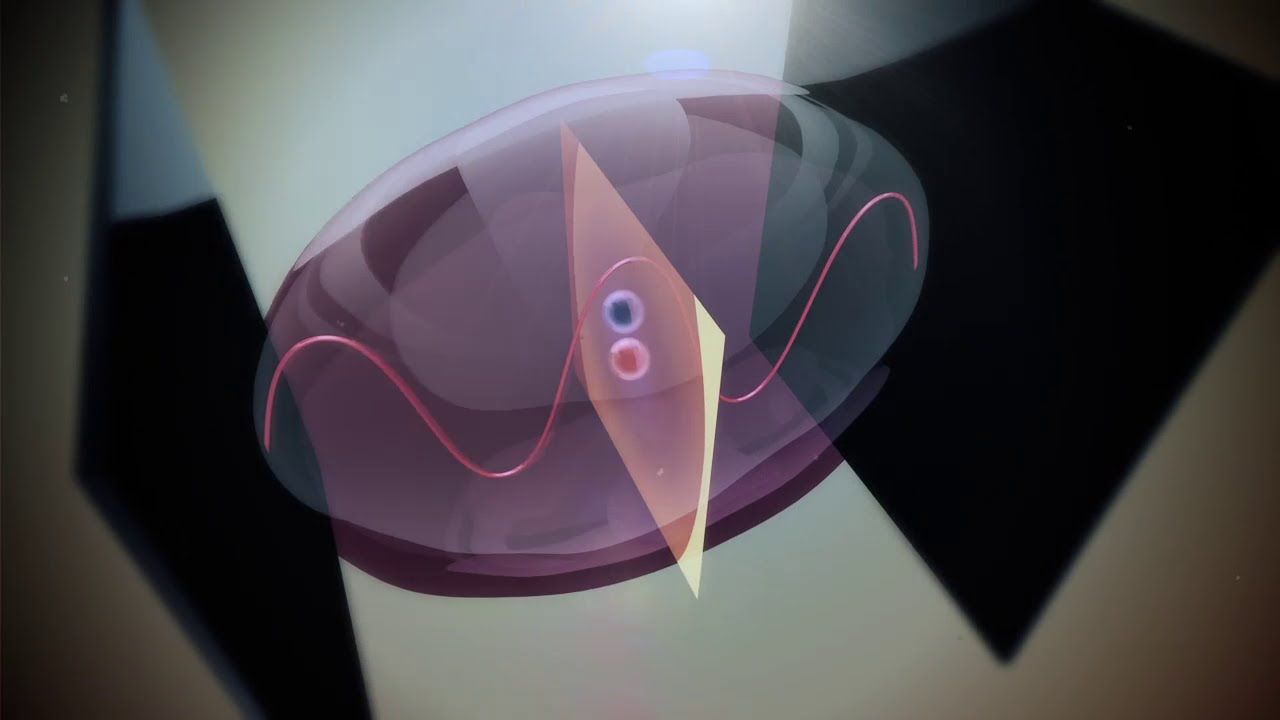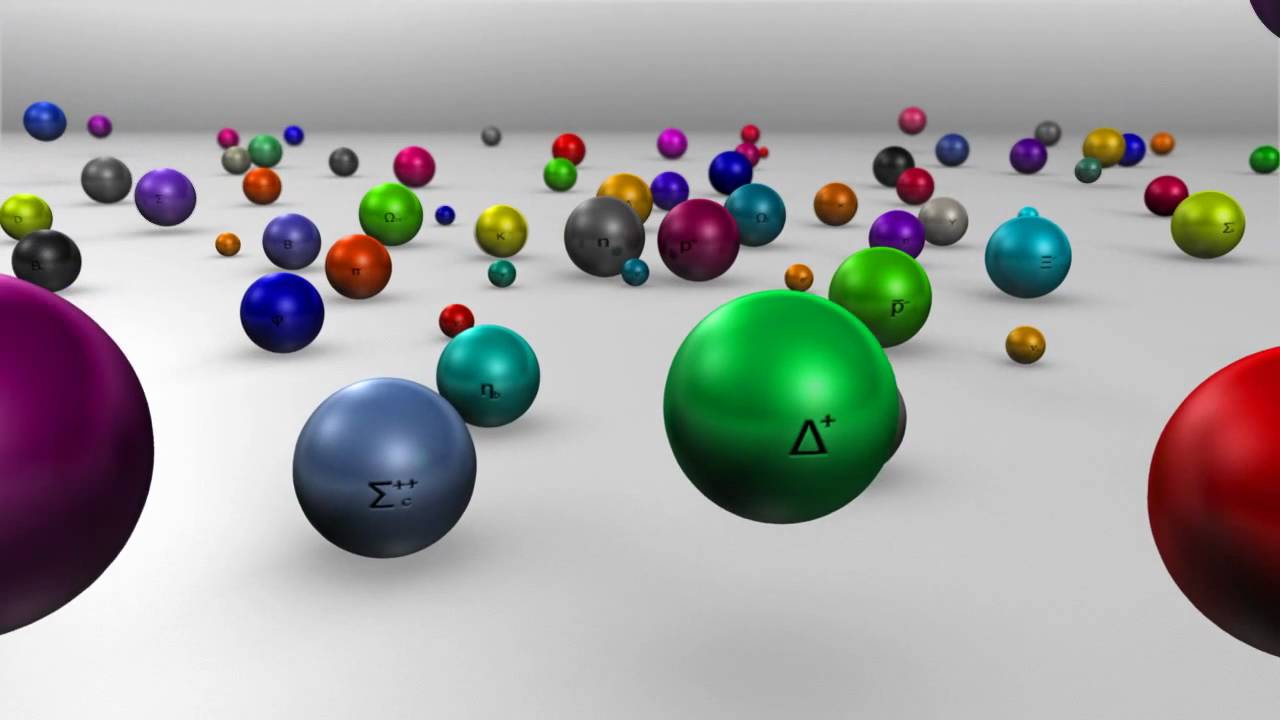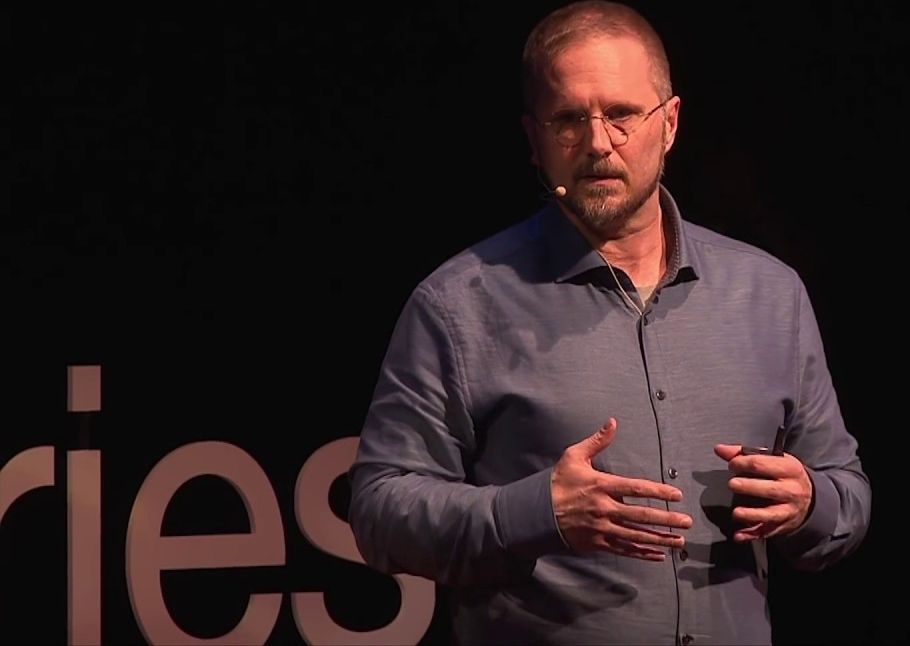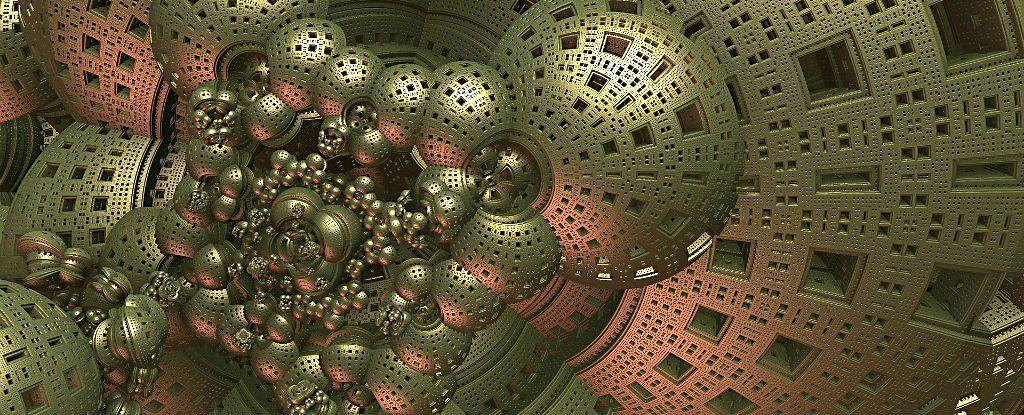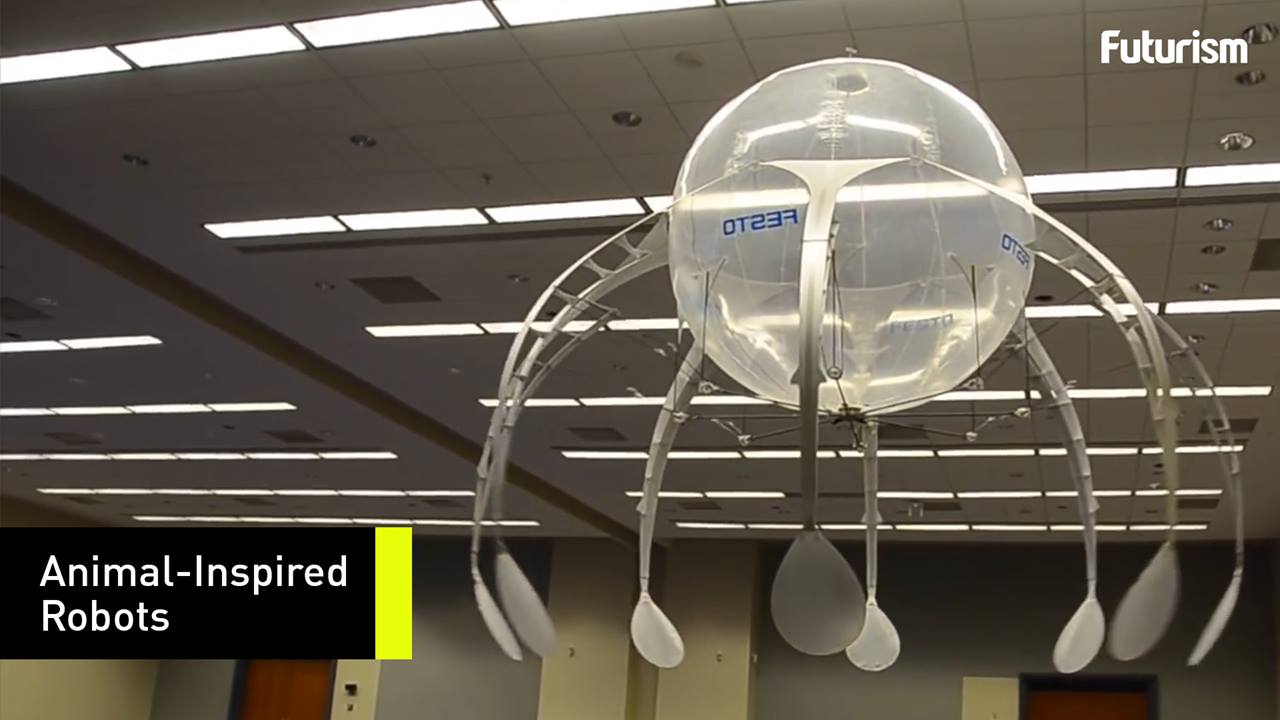Mar 9, 2017
Liquid Light: Scientists Unite Light and Electricity to Make Electronics Smaller and Faster
Posted by Andreas Matt in categories: electronics, particle physics
In Brief Researchers have found a way to bridge the gap between light and electricity—the two main components of current data transmission. Using the liquid light produced by polaritons, they were able to unite the two, a development that would lead to faster data transmission.
As we reach the smallest units known to physics, it’s becoming more apparent than ever: Moore’s Law can’t hold strong forever. But although it seems we are exhausting the extent to which we can miniaturize processors (as far as we know now), it seems Moore’s Law won’t be scrapped for good…at least not entirely.
